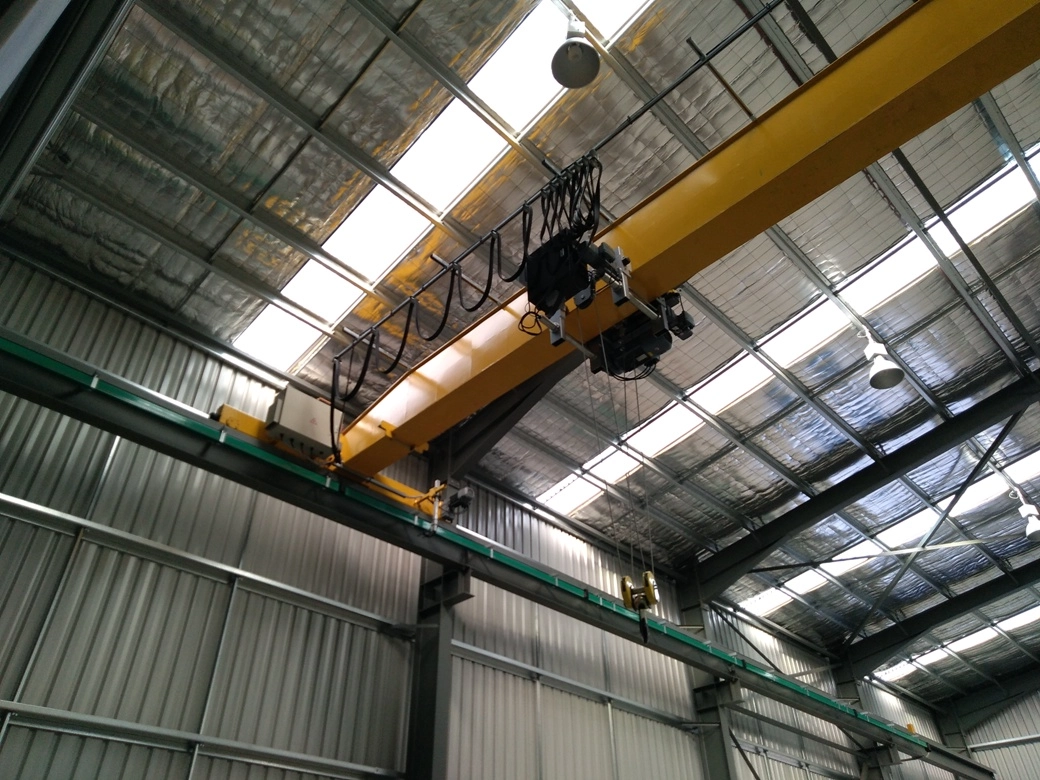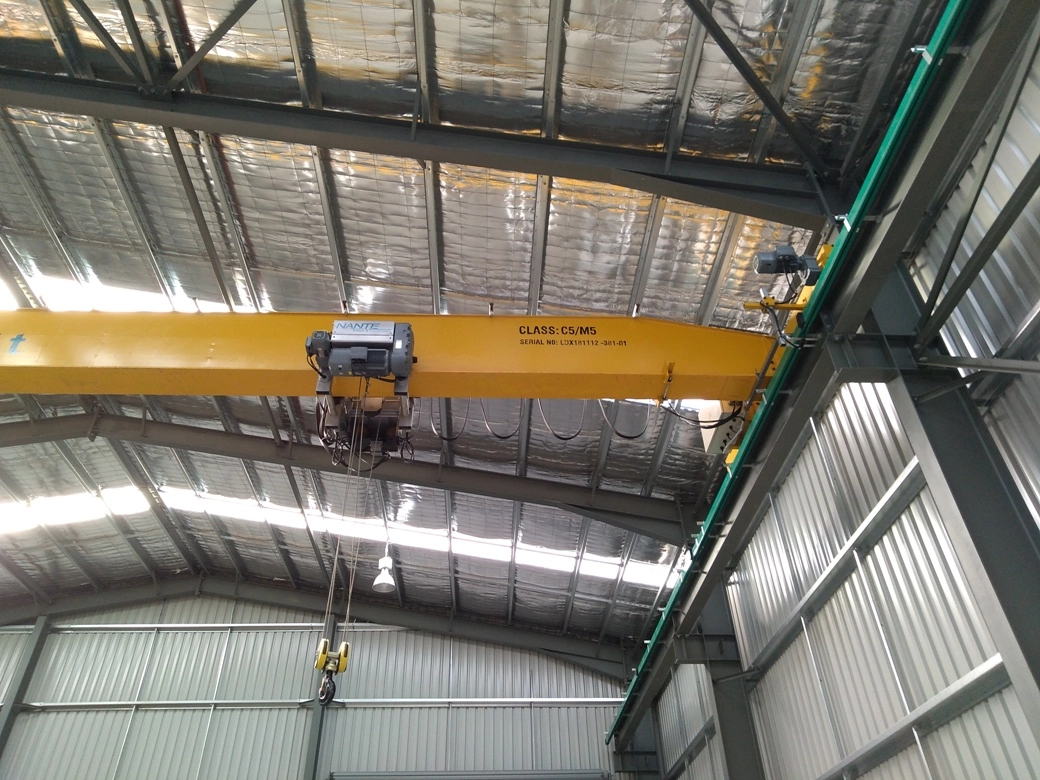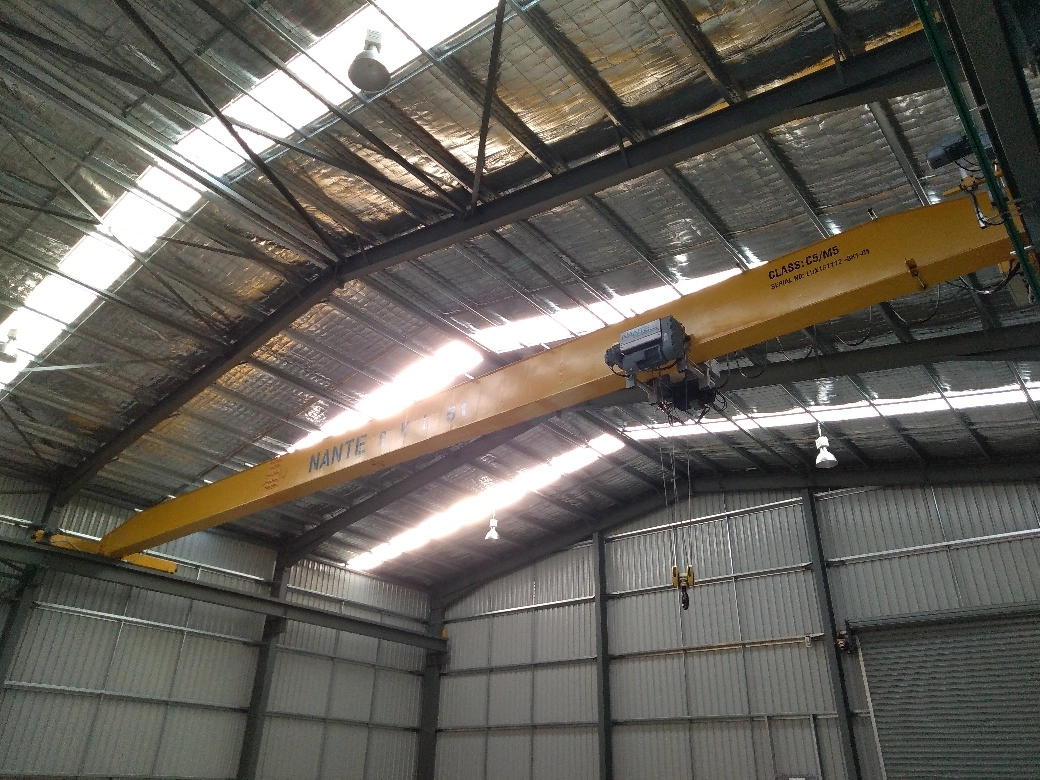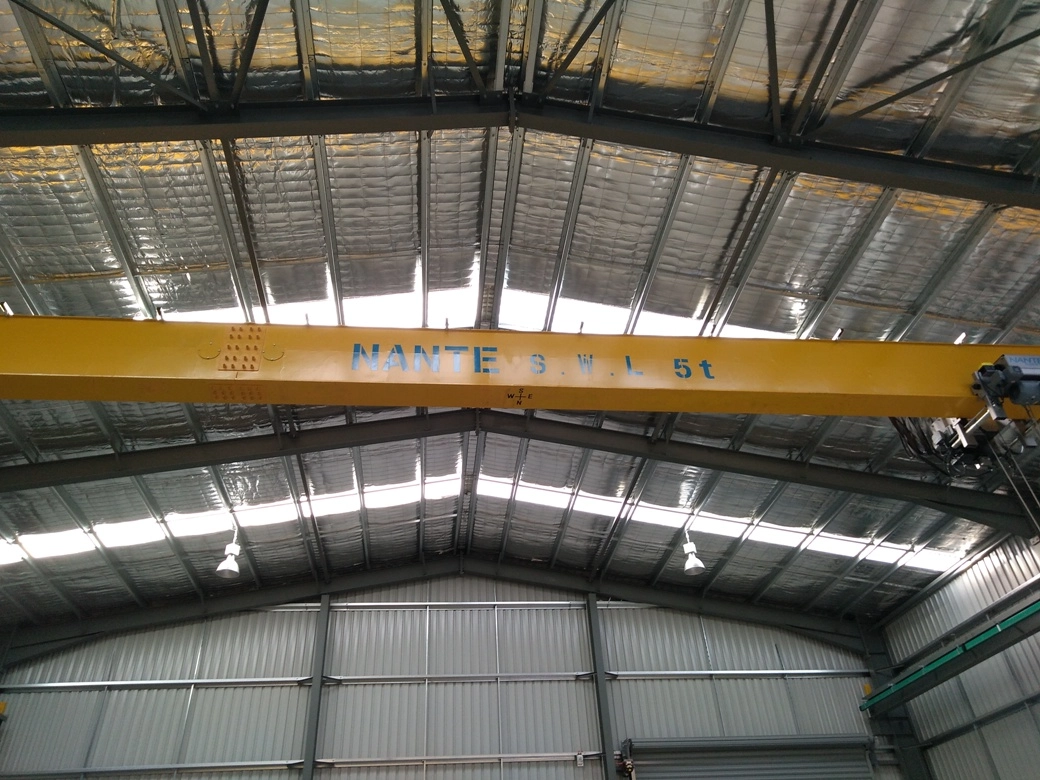Case Study: Customizing Wire Rope Hoist for Pipe Pile Factory Project
Case Study: Customizing Wire Rope Hoist for Pipe Pile Factory Project
Date: 2025-07-10 Share:
Introduction
Wire rope hoists are important machines in pipe pile factories. They lift heavy pipe piles for building projects like bridges and houses. These piles can weigh 10 to 50 tons or more. So, strong and dependable hoists are necessary. Customizing hoists helps solve special problems like heavy weights, high lifts, and tough settings with dust, water, or rust. This blog shares a story about customizing wire rope hoists for pipe pile factories. It shows how special designs make work faster and safer. Our aim is to explain how customization works and why it helps factories run better.
Wire Rope Hoists in Pipe Pile Factories
What Are They and What Do They Do?
Wire rope hoists are tools that lift heavy things using a sturdy cable called a wire rope. The rope wraps around a drum run by a motor. Other parts include pulleys (which guide the rope), brakes (to hold loads safely), controls (to run the hoist), and safety tools. In pipe pile factories, hoists lift big steel or concrete piles. This makes them key for moving heavy stuff quickly and safely.
Special Needs
Pipe pile factories need hoists with specific features:
- Heavy Load Handling: Pipe piles can weigh 10 to 50 tons or more. Hoists must lift these without breaking.
- Tall Lifting Heights: Factories often lift piles high for processing or loading trucks. Hoists need to reach those heights easily.
- Tough Settings: Dust, water, and rust are common in factories. Hoists must stay strong and resist damage.
- Accurate and Safe Control: Moving big piles needs careful handling. Hoists require smart controls for precision and safety tools like overload protection to stop accidents.
Why They Matter
Wire rope hoists are better than other lifting tools, like chain hoists. They are strong, accurate, and long-lasting. They handle heavy weights, work quickly, and stay reliable in rough conditions. This makes them great for pipe pile factories.
Customization Process
Customizing a wire rope hoist makes it perfect for a factory’s needs. Here’s how it happens:
Step 1: Checking Needs
First, we learn what the factory needs. We check the heaviest pile weight, the lifting height, how often the hoist is used, and the factory’s conditions (like dust or water). This helps build a hoist that fits the factory’s work.
Step 2: Picking Parts
Next, we choose the right pieces. For example, we pick strong wire ropes, like 24×7 or 35×7 compacted strand ropes, for their toughness and ability to carry heavy loads. A strong motor is selected to lift piles. Safety features, like overload protection, are added to keep workers safe.
Step 3: Building the Design
Engineers plan the hoist to match the factory’s setup, like cranes or monorails. This might include special brackets to attach the hoist or smart control systems for exact movements. The design also considers space, like low ceilings, to ensure the hoist works well.
Step 4: Testing and Checking
Before using the hoist, we test it to make sure it works right. Load tests check if it can lift the heaviest weight. Operation tests ensure it moves smoothly. The hoist must follow safety rules, like those from ASME or OSHA, to be safe and dependable.
Case Study: Customizing Wire Rope Hoist for a Pipe Pile Factory
Background
This story comes from a project in building material handling. It had problems similar to pipe pile factories. Both involve lifting heavy things and working in tough places, so the solutions fit well.
Challenges
The project had a few problems:
- Weak Power Supply: The hoist’s motor didn’t get enough power because of small cables. This slowed work.
- Heavy Loads: The factory needed to lift pipe piles up to 50 tons.
- Rough Conditions: Dust and water harmed parts over time.
- Need for Careful Control: Moving big piles needed precise handling to avoid damage or accidents.
Solutions
To fix these issues, the team:
- Swapped small cables for bigger ones to give the motor enough power.
- Used tough, rust-proof parts, like 35×7 compacted wire ropes and sealed electrical systems, to handle dust and water.
- Added safety tools, like overload protection and emergency stop buttons, to keep workers safe.
Implementation
The custom hoist was built with a strong motor to lift heavy pipe piles. Special attachments were added to hold piles securely. The hoist was connected to the factory’s crane system for smooth work. Operators were trained to use the new system safely.
Outcomes
The custom hoist brought big benefits:
- Better Work Speed: The hoist lifted piles faster. This cut downtime and sped up production.
- Safer Operations: Safety tools like overload protection made work safer for everyone.
- Money Savings: Tough parts needed less fixing. The hoist’s long life saved money over time.
Maintenance, Safety, and Environmental Considerations
Maintenance
Regular care keeps wire rope hoists working well. This includes:
- Checking the wire rope for damage, like broken strands or rust.
- Adding grease to moving parts to reduce wear.
- Looking at motors and controls for problems.
Safety Rules
Hoists must follow safety rules from groups like OSHA and ANSI. Tools like overload protection, emergency stops, and anti-two-block devices (which stop the hoist from lifting too far) keep workers safe. Regular checks make sure these tools work right.
Environmental Protection
Pipe pile factories are dusty and wet. This can harm hoists. Customization includes:
- Using rust-proof materials, like special coatings, to protect parts.
- Sealing electrical parts to keep out dust and water.
- Adding temperature controls to keep motors working in very hot or cold conditions.
Operator Training
Workers must learn to use hoists safely. Training teaches them how to use controls, find problems, and follow safety rules. This ensures safe and smooth work.
Benefits of Customization
Custom wire rope hoists bring many advantages:
- Faster Work: Quick lifting and less waiting boost factory output.
- Safer Work: Safety tools lower accident risks, keeping workers safe.
- Money Savings: Tough hoists need less fixing and last longer, saving cash.
- Better Fit: Custom hoists work well with factory systems, improving work and making it easier to adapt later.
About Nante Crane
Company Introduction
Shaoxing Nante Crane Equipment Co., Ltd., in Shaoxing City, China, is a top leader in cranes and crane parts. Known for safety, speed, and custom designs, Nante serves over 30 industries in 50+ countries. They work with 200+ partners and 5000+ customers. Their skills make them a great choice for pipe pile factories.
Product Overview
Nante offers many wire rope hoists for different needs:
- NHA Series: European standard hoists (1.6t-63t) for heavy lifting.
- NHC Series: H-type hoists (1.6t-16t) for flexible use.
- CDMD Series: Classic hoists (1t-20t) for dependable work.
- NHA-EX Series: Explosion-proof hoists (2t-20t) for risky places.
Need a custom wire rope hoist for your pipe pile factory? Contact Nante Crane for special solutions that improve speed and safety. Visit https:// internationally competitive, with a reputation for quality and innovation. Their solutions are tailored to meet the unique challenges of pipe pile factories, ensuring efficiency and reliability.
For tailored solutions that boost efficiency and safety, contact Nante Crane today. Visit https://www.nantecrane.com/ or reach out through their contact channels for expert advice and reliable lifting solutions.







